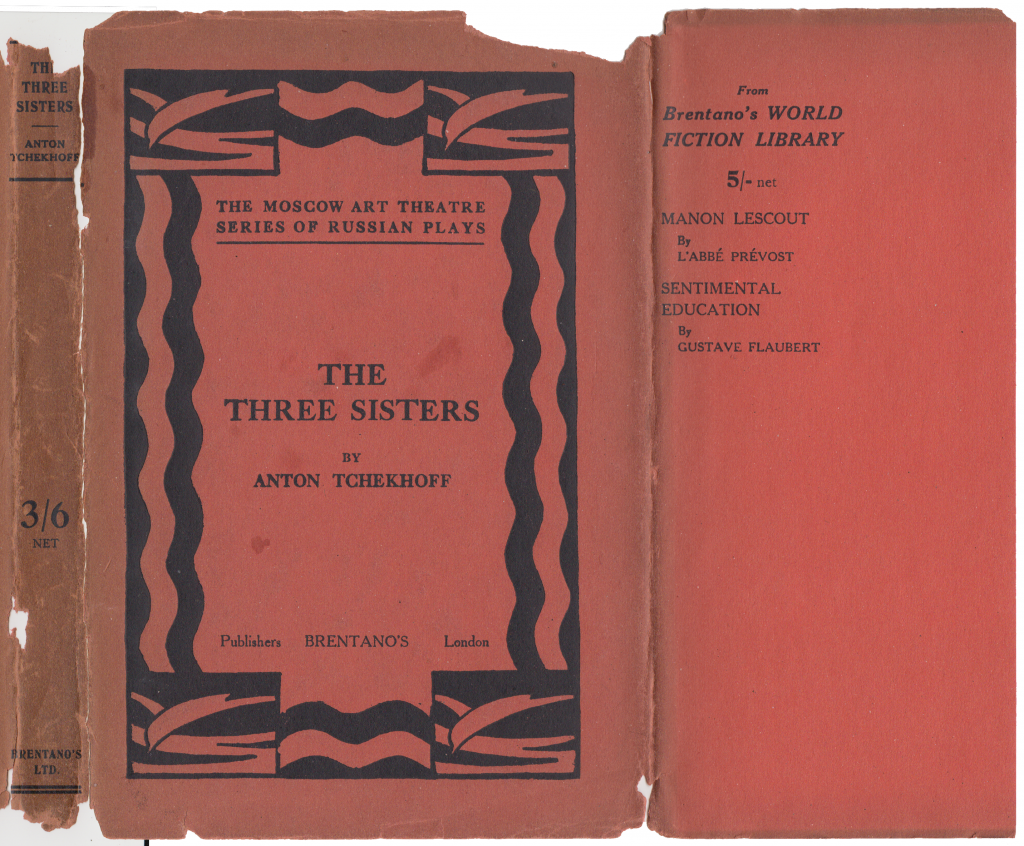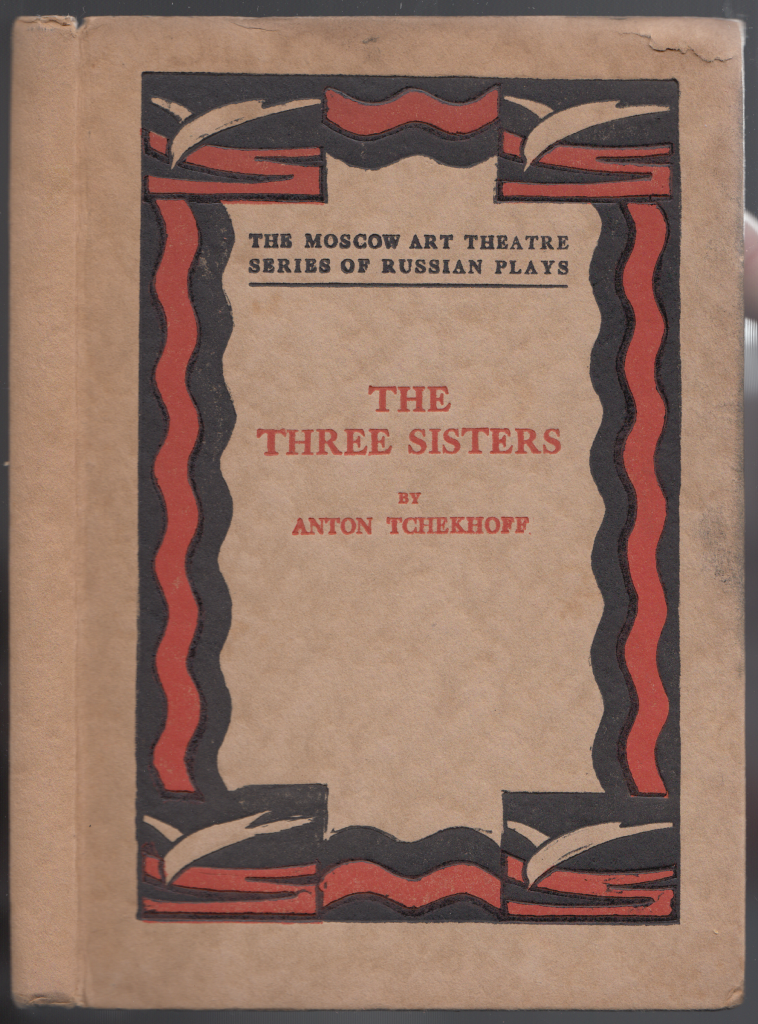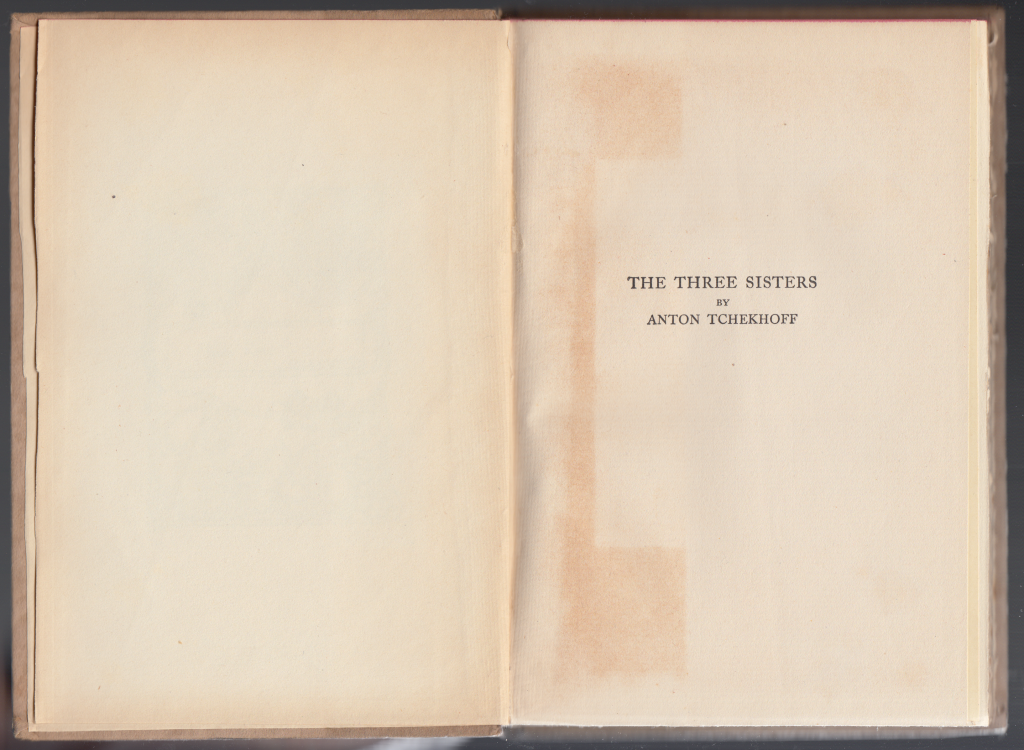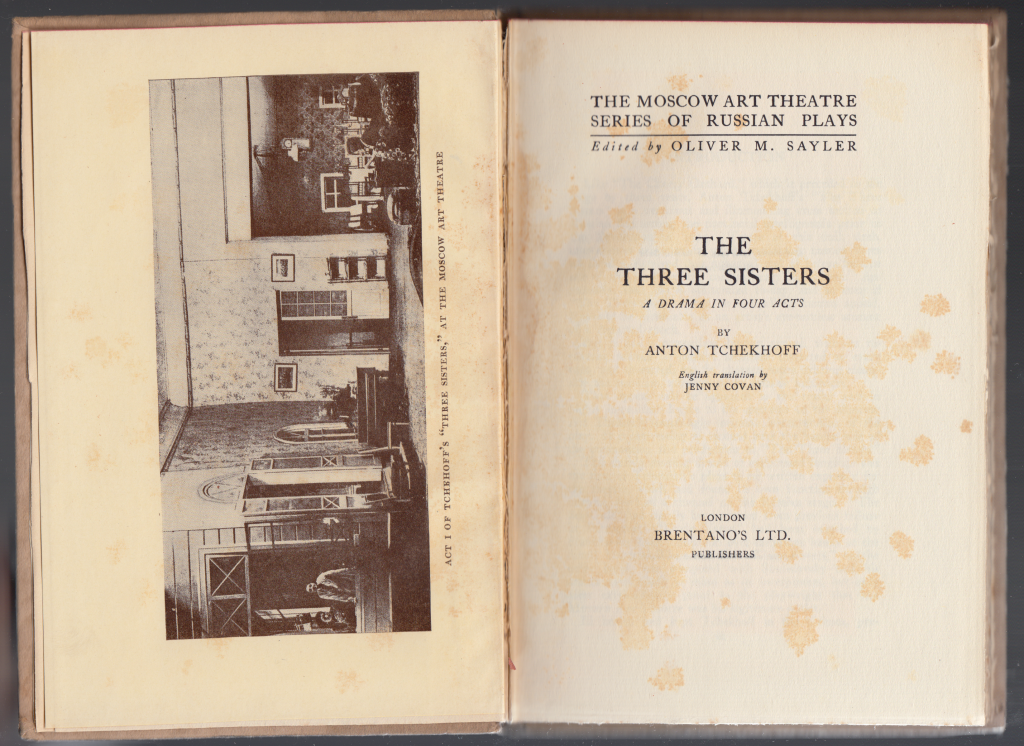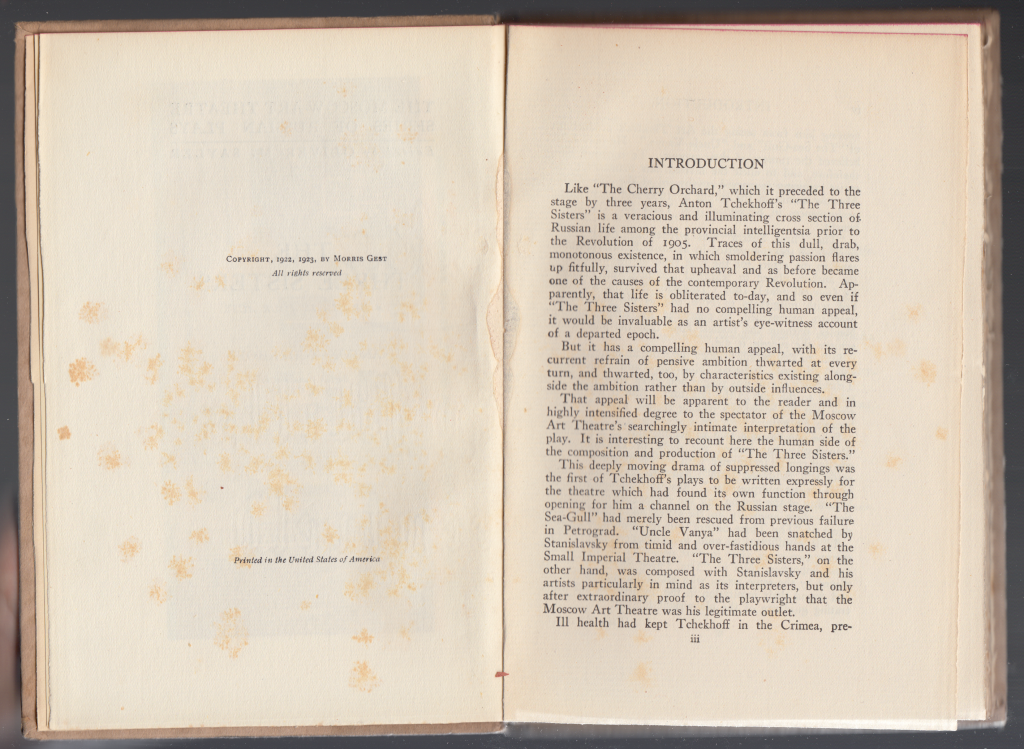Brentano’s (New York, US; London, UK)
Series dates: 1922-1925
Size: 7.45″ x 5.25″
Brentano’s began as a newsstand in New York City in 1853. Eventually, Brentano’s had large book stores in New York, Washington DC, Chicago, Paris, and London. The firm published a small number of titles beginning in the 1860s, with a significant uptick in the 1880s which continued through the depression of the 1930s.
“The firm published reprints, foreign-language textbooks and literary translations, art books, some gamebooks in the early days, light fiction, and popular and even controversial non- fiction, such as works by Margaret Sanger. These publications were often grouped in series.” (“Brentano’s,” American Literary Publishing Houses, 1638-1899, p. 66).
Rapid expansion in the 1920s left the firm in a precarious position after the stock market crash in 1929. “In an attempt to prevent the possible liquidation of the company, the publishing department was sold to Coward-McCann in 1933.” (source). The publishing arm of Brentano’s continued after the sale, but a much smaller number of titles were issued, with a small increase during WW2 (by exiled French writers). Few titles were issued after WW2 and Brentano’s was eventually acquired by Waldenbooks/Borders (in the mid-1980s).
The Moscow Art Theatre Series of Russian Plays consisted of two series of individual plays in hardcover and some in paperback, with two compilation volumes. The entire effort was undertaken in tandem with two seasons, 1923-24, of the Moscow Art Theatre (directed by Konstantin Stanislavski) produced by Morris Gest. The touring theatre “reigned over New York drama despite the handicap of Russian dialogue.” (source) This series is, then, an example of one coordinated to take advantage of a series of theatre performances and the desire of the audiences to have copies of the plays.
The titles have London and New York imprints. It’s not clear if all titles listed below were published in both the US and UK.
The first five titles were issued in 1922, and the compiled volume in 1923.
1. Uncle Vanya, by Anton Tchekhoff (1922)
2. The Three Sisters, by Anton Tchekhoff (1922)
3. The Cherry Orchard, by Anton Tchekhoff (1922)
4. Tsar Fyodor Ivanovich, by Count Alexi Tolstoy (1922)
5. The Lower Depths, by Maxim Gorky (1922)
The First series were collected together as The Moscow Art Theatre Series of Russian Plays (1923). The order of the plays in the published collection is different than the order of the numbered series:
Tsar Fyodor Ivanovitch, by Alexei Tolstoy
The Lower Depths, by Maxim Gorky
The Cherry Orchard, by Anton Tchekhoff
The Three Sisters, by Anton Tchekhoff
Uncle Vanya, by Anton Tchekhoff.
A Second Series was issued in six volumes in 1923 and 1924. Confusingly, two titles seem to share the #5 serial number, and the final volume (#6) was not apparently included in the second series compilation book. Also confusing is the existence of two versions of the Karamazov title: one with six scenes and another (one of the two #5 volumes) with three.
1. The Brothers Karamazov, Six Scenes from the Novel, by Fyodor Dostoyevsky (1923)
2. The Mistress of the Inn, by Carlo Goldoni (1923)
3. Ivanoff, by Anton Pavlovich Chekhov (1923)
4. An Enemy of the People, by Henrik Ibsen (1923)
5. The Brothers Karamazoff, Three Scenes from the Novel, by Fyodor Dostoyevsky (1923)
5. Enough Stupidity in Every Wise Man, by Aleksandr Nikolaevich Ostrovsky (1923)
*6. The Death of Pazukhin, by Mikhail Evgrafovich Saltykov (1924)
* Not included in the collected Second Series (below)
The Second series were collected together as The Moscow Art Theatre Series of Russian Plays. Direction of Morris Gest; Second Series (1923). This volume excluded the final (#6) title in the series:
The Brothers Karamazoff, by Fyodor Dostoievsky
The Mistress of the Inn, by Carlo Goldoni
Ivanoff, by Anton Tchekhoff
An Enemy of the People, by Henrik Ibsen
Enough Stupidity in Every Wise Man, by Alexander Ostrovsky
A copy of The Three Sisters by “Tchekhoff” is shown below. It is from the first series issued in 1922. Hardcover titles in the series have jackets common to the series. Printed on heavy read paper, the spine includes the price (in this case, a UK copy, with a 3/6 net price). The series name is included on the front of the jacket. The front jacket flap advertises another Brentano’s series, the World Fiction Library.
The rear of the jacket advertises other Brentano’s titles including the initial series of 5 plays and the companion volume.
The design from the front of the jacket is reproduced with different coloring on the front of the board-bound book. The series name is included, but not the publisher. The spine is blank.
The half-title page:
An image from the production faces the title page. The title page includes the series name, editor (Sayler), title, author and translator. The publisher’s imprint is London.
“Copyright 1922, 1923 Morris Gest.”
“Printed in the United States of America.”
Thus this book is probably a 2nd printing of the book (first was 1922) and was printed and bound in the US and shipped to the UK where a UK jacket was printed and added to the book.

